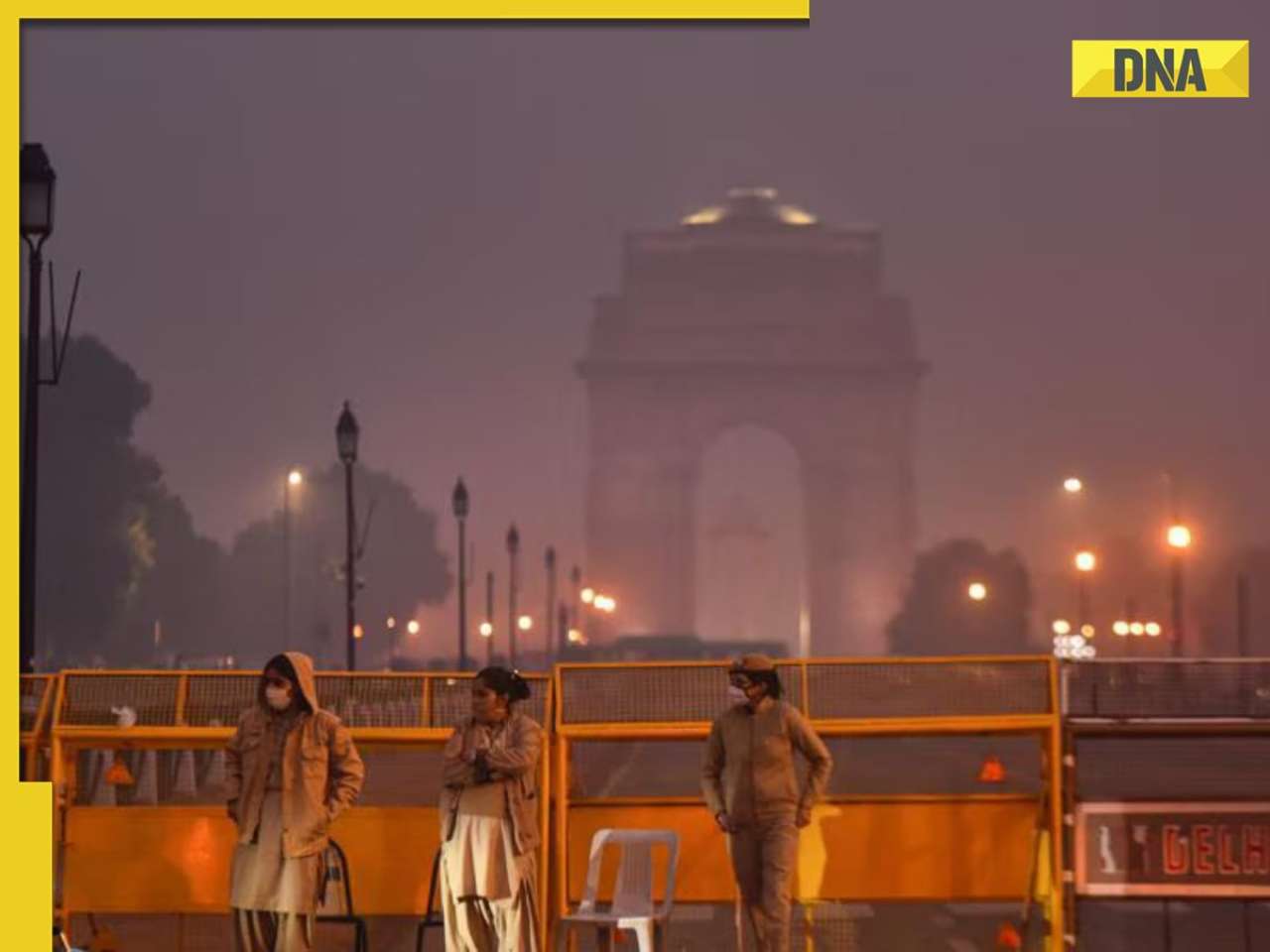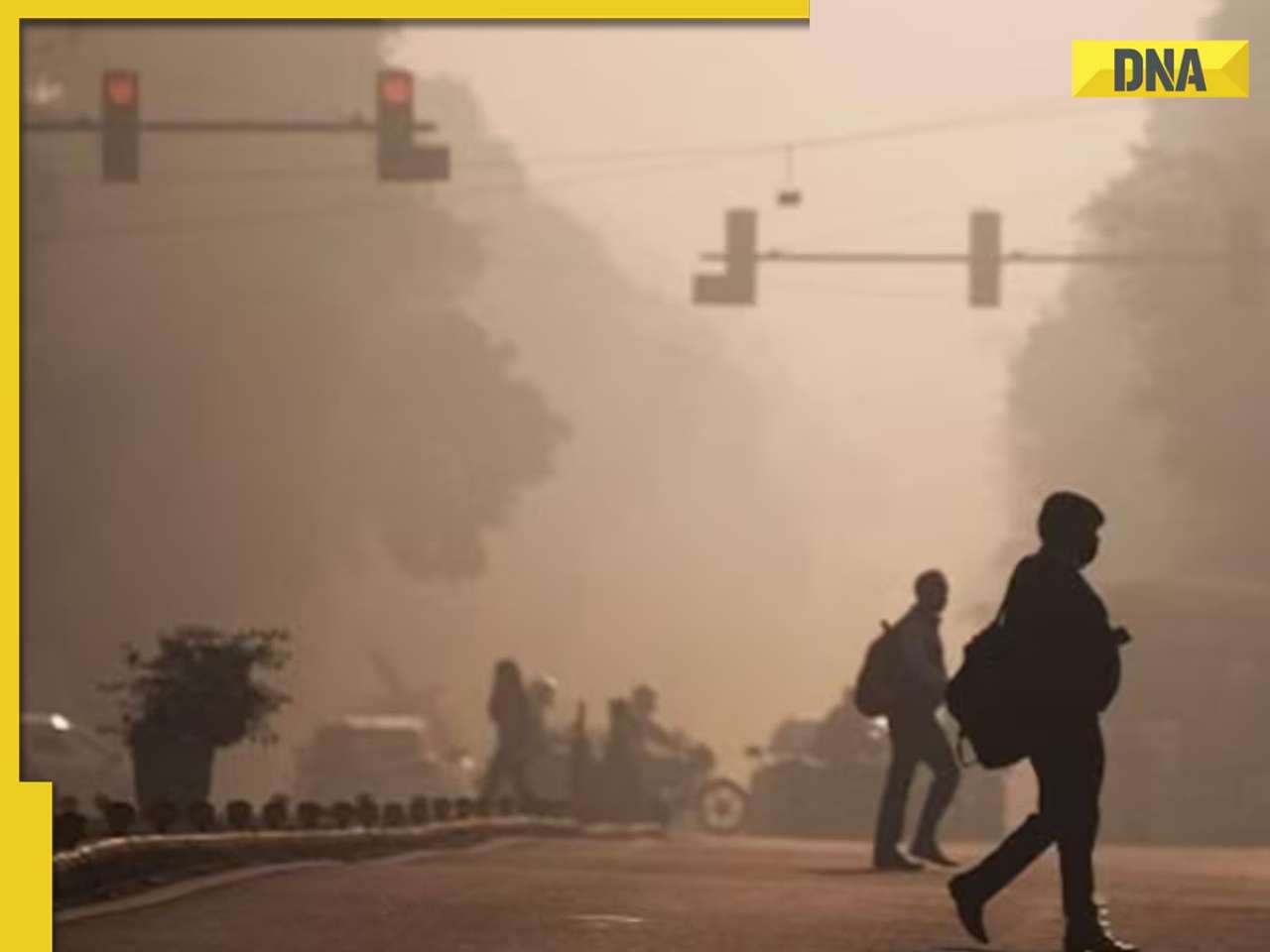- LATEST
- WEBSTORY
- TRENDING
VIRAL
Where and when to watch the super blue moon today?
A supermoon can be approximately 30% brighter and 14% larger than a typical full moon, creating a stunning visual spectacle for observers
TRENDING NOW
On August 19, 2024, skywatchers around the world will be treated to a rare celestial event: a Super Blue Moon. This phenomenon occurs when a full moon coincides with its closest approach to Earth, making it appear larger and brighter than usual. The term "supermoon" was first introduced by astronomer Richard Nolle in 1979.
A supermoon can be approximately 30% brighter and 14% larger than a typical full moon, creating a stunning visual spectacle for observers. This year's Super Blue Moon is particularly special as it falls on Raksha Bandhan, a significant Indian festival celebrating the bond between brothers and sisters. The convergence of this celestial event with a beloved cultural celebration offers a unique opportunity for families to enjoy the night sky together, merging festive joy with astronomical wonder.
The Super Blue Moon will reach its peak fullness at 2:26 PM EDT, which translates to just after midnight IST. However, observers need not worry about catching the exact moment; the moon will be visible in its near-full state both before and after this peak time.
In North America, the moon will be visible from the morning of August 18 through the early hours of August 21. Meanwhile, in Asia and Australia, the best views will occur on the morning of August 20, starting from Nepal Standard Time. Europe and Africa will have their prime viewing on the night of August 19 into the early hours of August 20. To fully appreciate the beauty of the Super Blue Moon, experts recommend finding a location with a clear view of the horizon and minimal light pollution. Ideal spots include open fields or elevated areas. Observers should look east-southeast shortly after moonrise for the best view.
While the moon is captivating to the naked eye, using binoculars or a telescope can enhance the experience, revealing intricate details of the lunar surface. For an optimal viewing experience, it is advisable to check local weather forecasts to ensure a cloud-free night.
Additionally, allowing time for one's eyes to adjust to the darkness can enhance visibility, as color perception improves within about 10 minutes, while black-and-white vision may take up to an hour to fully adapt. For an optimal viewing experience, it is advisable to check local weather forecasts to ensure a cloud-free night. Additionally, allowing time for one's eyes to adjust to the darkness can enhance visibility, as color perception improves within about 10 minutes, while black-and-white vision may take up to an hour to fully adapt.







)
)
)
)
)
)
)
)
)
)
)
)
)
)
)
)

























































